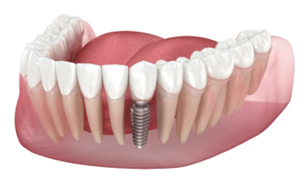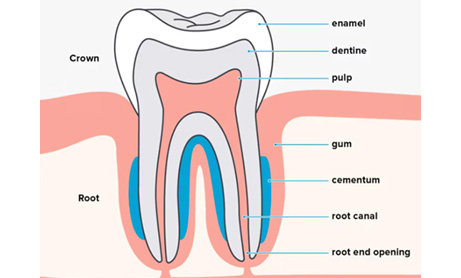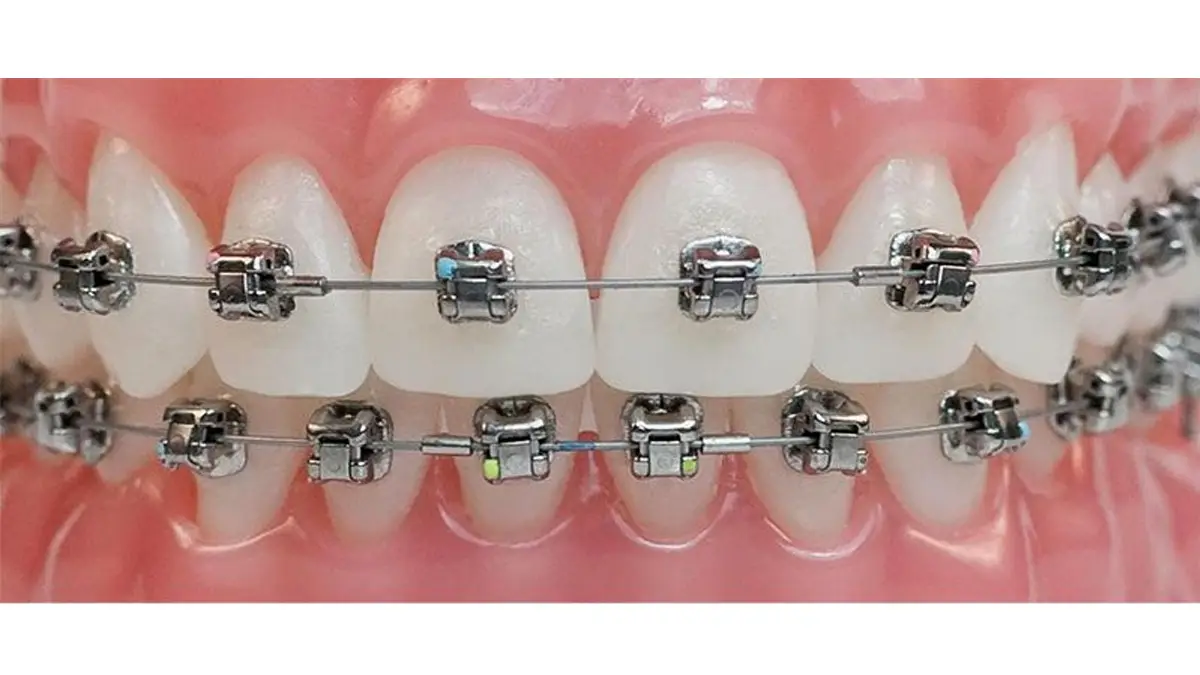
April is oral cancer awareness month. Oral cancer is cancer appearing in any parts of the oral cavity such as lips, tongue, cheeks, floor of the mouth, hard and soft palate, sinuses, and pharynx. Oral cancer is one of the deadliest form of cancers. This is because oral cancers rapidly metastasize (spread to other parts of the body). They are often detected at an advanced stage, when the cancer has already spread, thus compromising survival rate. When oral cancer is diagnosed early, the 5-year survival rate is above 80%, whereas it is less than 20-30% at an advanced stage of the disease.
Indian statistics
India records more than 1,00,000 cases of oral cavity cancers every year. India has the highest prevalence of oral cancer in the world. It is the most common cancer in men and the third most common cancer in women, and constitutes 13%–16% of all cancers.
Factors associated with oral cancer
Most oral cancers can be traced to tobacco use. However, this is not the only cause. Some factors that increase the risk of developing oral cancer are as follows:
- Smoking: This includes cigarettes, cigars, e-cigarettes and vaping.
- Smokeless tobacco: Chewing tobacco is in fact the leading cause of oral cancer in India.
- Alcohol: Excessive alcohol consumption has been linked to increased incidence of cancer.
- Trauma: Persistent injury to the tissues inside the mouth from broken and sharp teeth, fillings, dentures can lead to cancer.
- Sun Exposure: Ultraviolet radiation can cause lip cancer.
- HPV: Human Papilloma Virus can cause oropharyngeal cancers which affect back of the tongue, throat and tonsils.
- Pro-inflammatory diet: Red meat, fried food and high sugar containing foods and drinks are associated with cancers, including oral cancer.
- Genetics: Having a family history of oral cancer is a risk factor.
Precancerous lesions and other warning symptoms
The body usually sends some signals before anything goes wrong. This is especially true for oral cancers. There are certain changes observed in the mouth that are suggestive of a possible cancer diagnosis in the future. These are called as precancerous lesions. They include:
Leukoplakia: An abnormal white patch inside the mouth.
Erythroplakia: An abnormal red patch inside the mouth.
Oral Submucous Fibrosis: Reduced opening of the mouth due to fibrous bands in the cheeks.
Lichen Planus: A burning sensation in the mouth and reduced tolerance to spicy food.
Apart from these signs, watch out for the following symptoms:
- An ulcer that doesn’t heal for more than 3 weeks.
- Persistent and unexplained swelling in the jaw.
- Difficulty chewing, swallowing, speaking or moving the tongue.
- A lump in the neck.
- Hoarseness of voice.
- Sudden weight loss.
Prevention
Here are a few things you can do to cut down the risk of oral cancer.
- Stop smoking and tobacco consumption.
- Minimise alcohol and sugar intake.
- Have healthy and balanced diet rich in fruits and vegetables. Certain foods with anti-oxidant and anti-cancer properties are turmeric, garlic, berries, grapes, citrus fruits and green tea.
- Wear sunscreen when going out during the day.
- Have regular dental checkups so that your dentist can identify the signs of oral cancer at an early stage.
- See your dentist immediately if you notice any patch or ulcer in the mouth.
- Get any broken teeth, fillings, caps, dentures fixed at the earliest.
Have a healthy and happy mouth!








